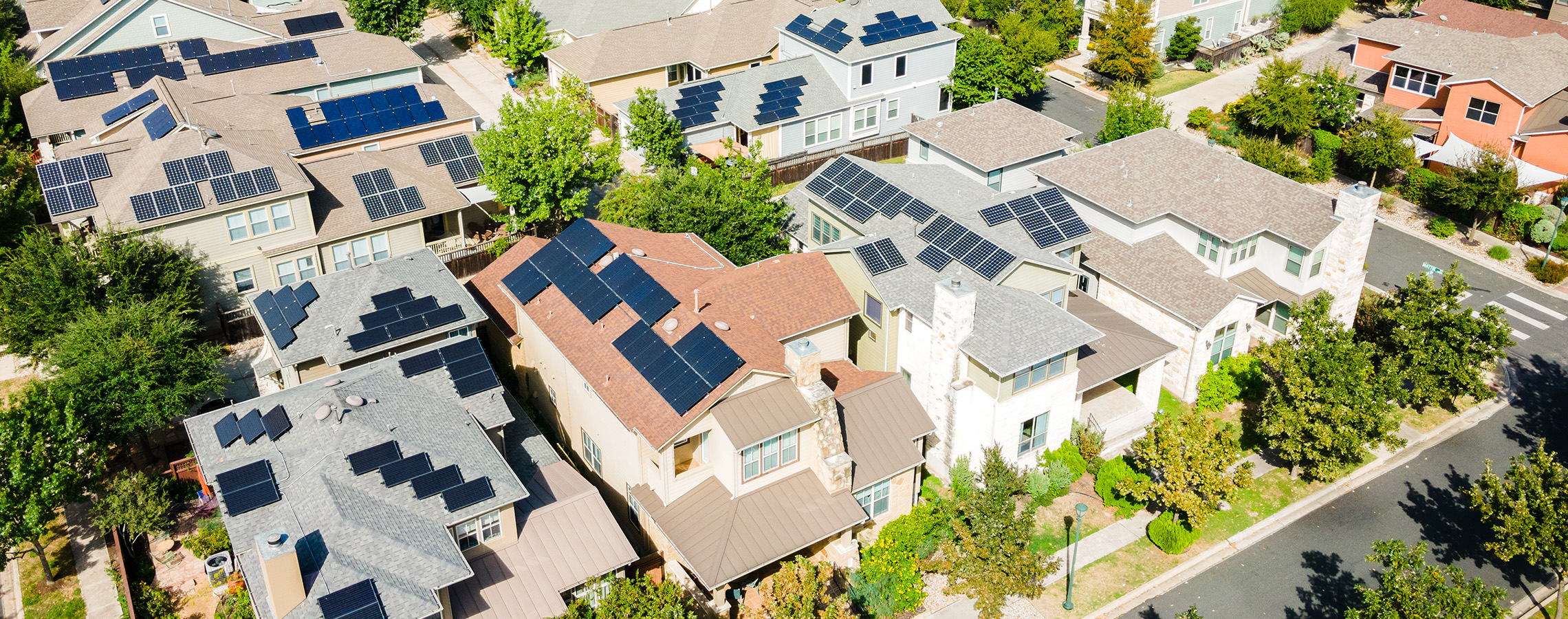Don’t stop here
There’s much more to discover!

From simple users to active players: here’s how prosumers are transforming the energy system through production, sharing, and flexibility.
In recent years, terms like prosumer and energy citizen have entered the energy lexicon with increasing force. These aren’t just labels, but symbols of the shift from a “one-way” energy system to a circular and participatory one. The advent of distributed generation has radically changed the traditional paradigm of energy consumption, which today can be generated, managed, and exchanged locally. At the center of this new model built on self-production systems, typically photovoltaic, batteries, and digital technologies is the prosumer, a figure capable of acting in many ways: from individual self-consumption to Renewable Energy Communities.
The term prosumer combines producer and consumer, a fusion first theorized in 1980 by sociologist Alvin Toffler. What once seemed futuristic is now a concept technically defined by both Italian and European regulations.
In Italy, Legislative Decree 199/2021 defines a renewable energy self-consumer as a final customer who produces electricity for their own consumption and can store or valorize any surplus (by sharing it within an REC or feeding it into the grid), as long as this is not their main professional activity.
At the same time, the Italian Regulatory Authority for Energy (ARERA) introduced the figure of the “Active Customer” in the TIAD, reflecting the provisions of Legislative Decree 210/2021. This subject not only produces and exchanges energy but also interacts with the grid to help stabilize it. It is in this step that the prosumer evolves into an Energy Citizen.
As highlighted by the European Environment Agency (EEA) in its report Energy prosumers in Europe Citizen participation in the energy transition, “energy citizenship” is not merely a technical status but a social role expressed through three essential dimensions:
The same report, in section 3.1 The different forms of prosumption, identifies four specific forms through which this “energy citizenship” currently manifests:
The prosumer’s role becomes central and irreplaceable when they join a Renewable Energy Community (REC). In this context, their actions generate dual value: meeting personal needs through individual self-consumption, while surplus energy not used instantly is fed into the grid and valorized through virtual sharing mechanisms.
Here, technology enables a further evolution: from Prosumer to Prosumager. By adopting residential storage systems (batteries) or leveraging the battery of an electric vehicle, this figure combines production with the ability to manage energy over time. A Prosumager does not merely exchange energy instantly they store it and release it when it is most needed by themselves or the grid, maximizing overall efficiency.
The Prosumager becomes the protagonist of a new era. Thanks to technologies like smart meters and Building Energy Management Systems (BEMS), their home learns to “communicate” with the grid, offering stability services automatically without affecting household comfort.
This ability to manage energy intelligently is the essence of energy flexibility. Since major renewable sources like sun and wind are intermittent, the grid requires constant balancing, which today relies on two complementary approaches.
On the one hand is direct flexibility, based on conscious behavior: the user actively chooses to shift their consumption for example, running the dishwasher or charging the car during peak photovoltaic production to maximize physical self-consumption.
On the other hand, indirect flexibility is emerging as the new frontier of automated management: in this model, the user authorizes an aggregator to autonomously control devices such as wallboxes or batteries, optimizing energy flows in real time for the benefit of the entire system.
The transition to prosumer status brings several tangible benefits. From an economic standpoint, users can reduce their energy bills through self-consumption and, within an REC, through incentives linked to shared energy. Future technological developments may also introduce new forms of remuneration tied to flexibility services.
At the system level, a decentralized model reduces grid losses and eases the load on major infrastructures, while socially, it fosters energy independence and strengthens cohesion within communities.
The Energy prosumers in Europe report by the EEA confirms that prosumers are a key lever for achieving carbon neutrality by 2050. The shift toward a distributed model mobilizes private investments, reduces imports, and accelerates widespread adoption of renewables. Becoming a prosumer today therefore means moving beyond simple consumption to take an active role in Europe’s broader energy and climate strategy.
There’s much more to discover!
Interview with Professor Stefano Pareglio, professor of Economics at the Catholic University of the Sacred Heart and an expert on climate change. We talk to him about the green transition in the business world. Companies are beginning to integrate sustain
There are different types of digital fraud that often exploit users' good faith. Protecting yourself is possible: here are some tips.